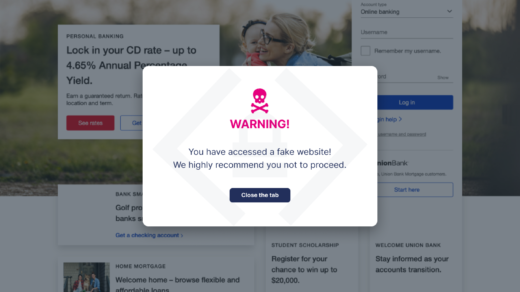Here’s another edition of “Ask Sophie,” the advice column that answers immigration-related questions about working at technology companies.
“Your questions are vital to the spread of knowledge that allows people all over the world to rise above borders and pursue their dreams,” says Sophie Alcorn, a Silicon Valley immigration attorney. “Whether you’re in people ops, a founder or seeking a job in Silicon Valley, I would love to answer your questions in my next column.”
TechCrunch+ members receive access to weekly “Ask Sophie” columns; toptechtrends.com/subscribe”>use promo code ALCORN to purchase a one- or two-year subscription for 50% off.
Dear Sophie,
I came to the United States from Tunisia to get my master’s degree and Ph.D. I recently finished my Ph.D., and I’m working for a biotech company on OPT.
I’ve been trying to get publications and significant awards to qualify for the EB-1A green card and I need to travel internationally frequently for business.
Once I apply, will I be stuck in the U.S.? If so, for how long?
— Tenacious from Tunisia
Dear Tenacious,
Thanks for reaching out! Let me first provide an overview of the green card process and then suggest an alternative to the EB-1A green card that will likely give you a faster, less risky path forward.
Rather than waiting to add to your list of accomplishments to qualify for an EB-1A extraordinary ability green card, consider applying now for the EB-2 NIW green card. Listen to my chat with my colleague Nadia Zaidi on the EB-2 NIW and what it takes to present a strong case.
Two-step process
Applying for either an EB-1A extraordinary ability green card—or an EB-2 NIW (National Interest Waiver) green card for that matter—is typically a two-step process that involves filing to U.S. Citizenship and Immigration Services (USCIS) for individuals maintaining valid nonimmigrant status (such as F-1 OPT or H-1B) in the United States:
- Form I-140 is the green card petition where you and your immigration attorney make the case for why you qualify for the green card type for which you’re applying.
- Form I-485 is also called the application to register permanent residence or adjust status.
Sometimes, if your “priority date” is current, you can file these two steps concurrently – more below. Whenever we file the I-485, we usually also include Form I-765, the application for employment authorization document (EAD), and Form I-131, the application for a travel document that will enable you to reenter the U.S. with “Advance Parole” after traveling abroad.
Image Credits: Joanna Buniak / Sophie Alcorn (opens in a new window)
If you don’t receive Advance Parole, with many types of nonimmigrant statuses-you could accidentally abandon your I-485 if you travel internationally and even be denied reentry unless you have a specific valid status like H-1B or L-1 — also, more below. When approved for the I-765 and I-131, you’ll typically receive a “combo card” that will allow you to work and travel while you wait for your physical green card to be issued after your I-140 is approved.
Processing times
You can file your EB-1A I-140 with premium processing, which means you will either get a decision or a request for evidence from USCIS within 15 days. Without premium processing, USCIS is taking nearly 2 years to process EB-1A I-140s, according to a recent USCIS Case Processing Times page. (USCIS recently expanded premium processing to EB-2 NIW I-140s as well, but the premium processing time is longer at 45 days. Without premium processing, USCIS can take as long as 8 months to process EB-2 NIW I-140s.)
toptechtrends.com/2023/05/31/ask-sophie-how-long-until-i-can-travel-while-waiting-for-my-green-card/”>Ask Sophie: How long until I can travel while waiting for my green card? by toptechtrends.com/author/sophie-alcorn/”>Walter Thompson originally published on toptechtrends.com/”>TechCrunch

